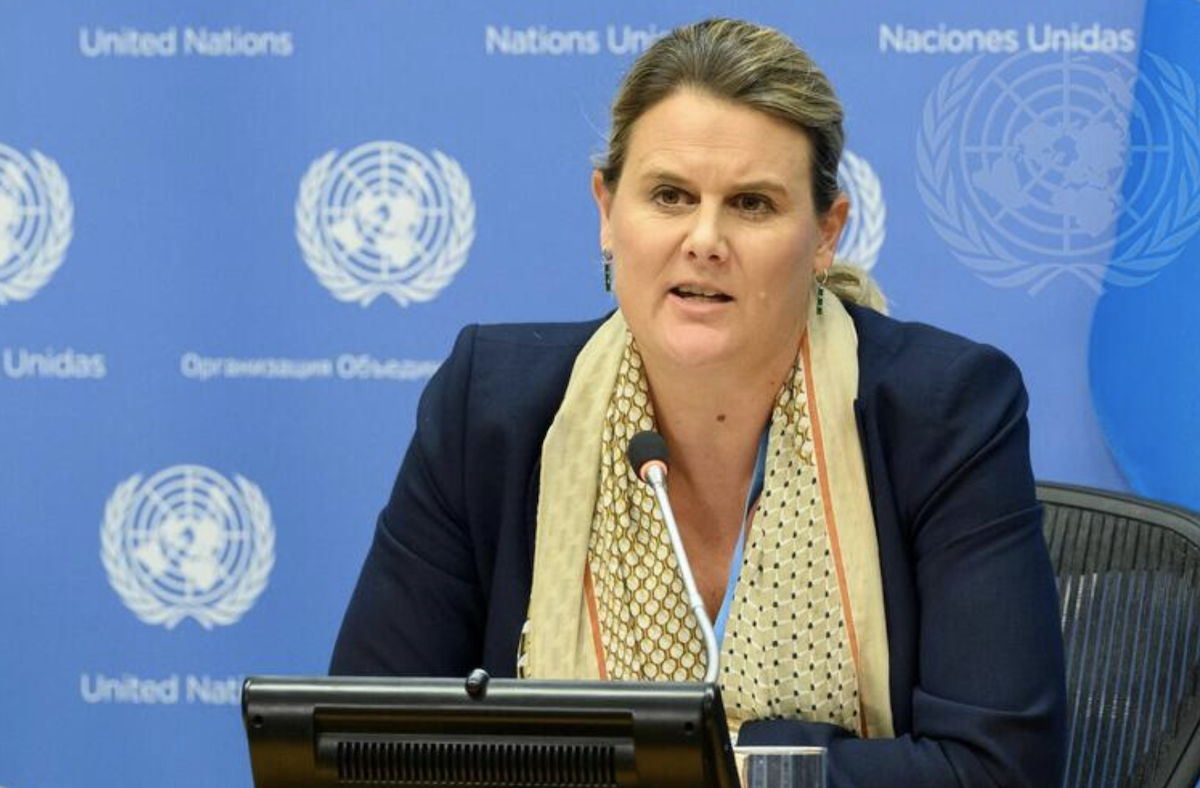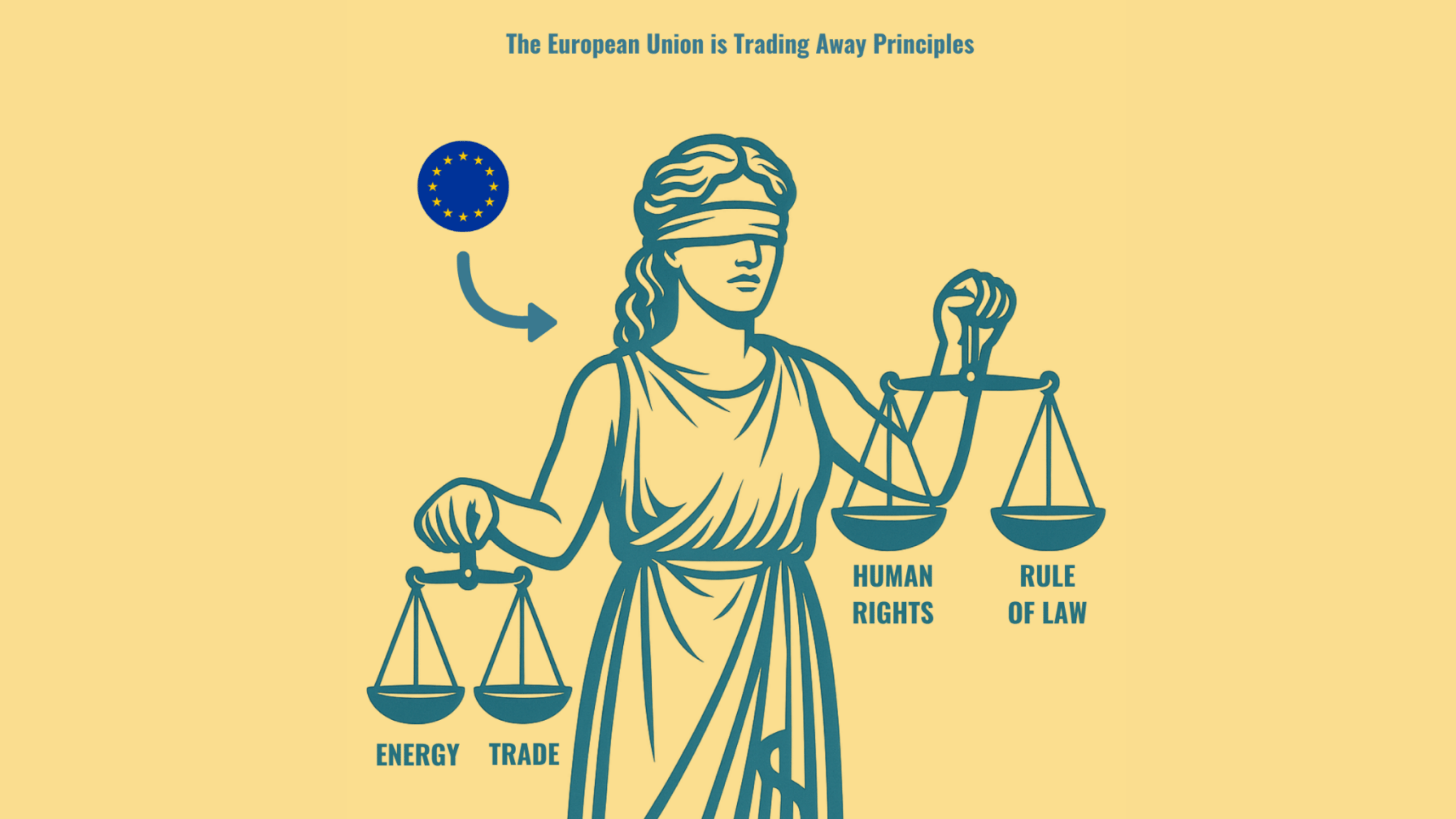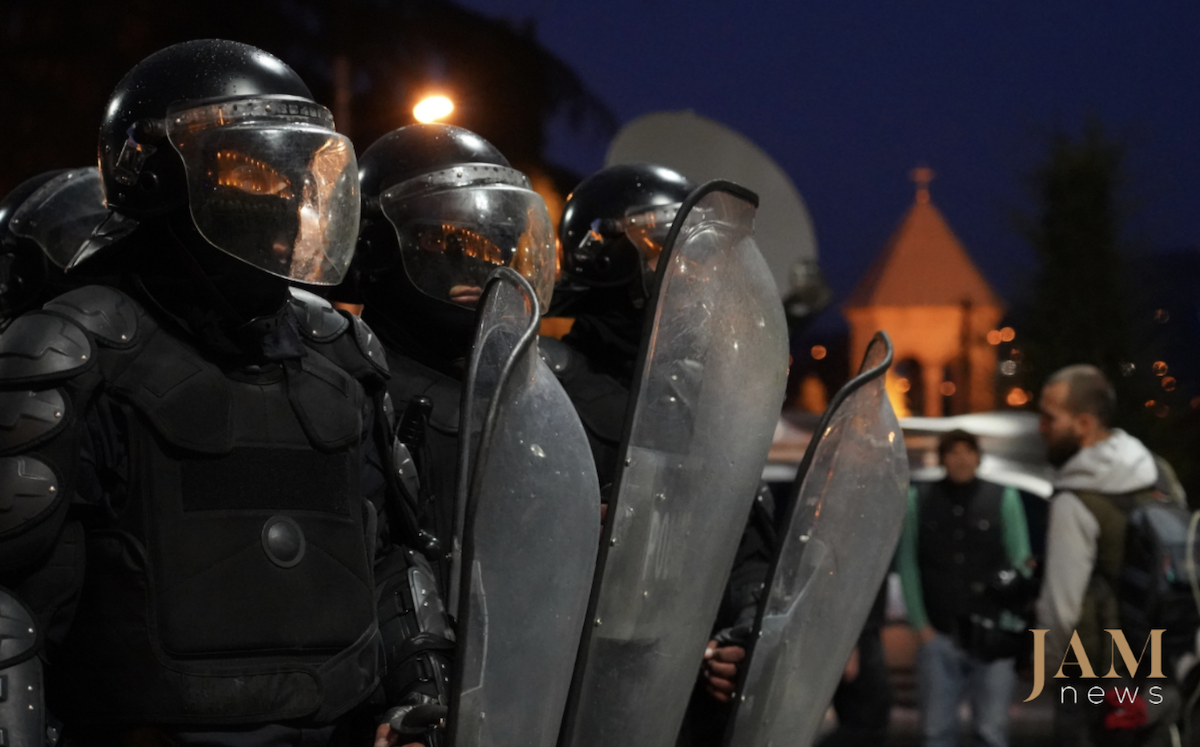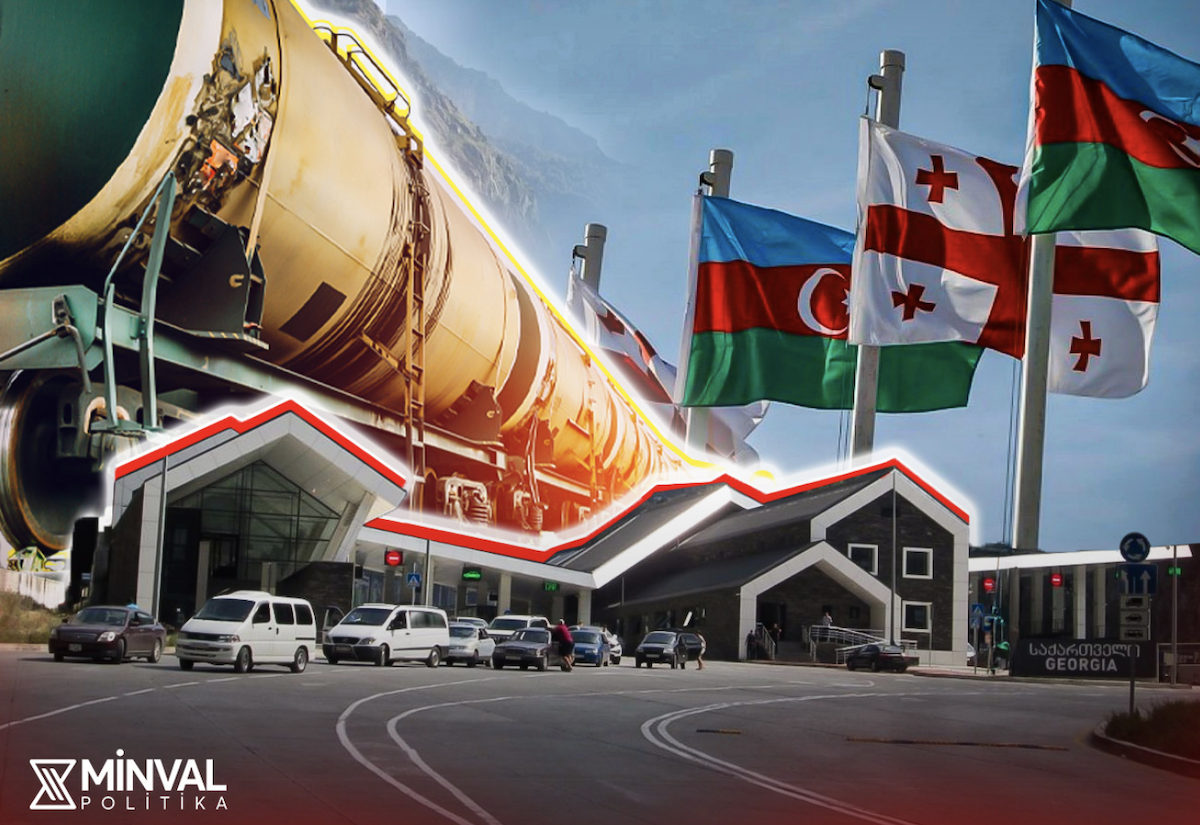Journalists, creators discuss Armenian-Azerbaijani film on Karabakh conflict ‘Parts of a Circle’
The full version of the film is three series, which will be released in June 2020. On May 12, the online premiere of a short, 75-minute version of the film took place.
Co-author of the film, journalist Shahin Rzayev, head of the Baku Press Club Arif Aliyev and journalist Seymur Kazimov discuss the production of the film and its purpose.
“You must watch the [full] original”
Rzayev says that the main purpose of showing this 75-minute version in English is to draw attention to the project.
“I would like the three-part original of the film to be shown, and only then for conclusions to be drawn,” says Rzayev.
The condition of the project was that all decisions were made only with complete consensus, each of the two sides had a veto, and each side tried to restrict its narration to its own story.
Rzayev believes that although they were not able to put everything they wanted to into the film, as a first step it is a very good result.
“The main work was carried out on one side”
Arif Aliyev agrees that an assessment of the film should be given only after watching all three parts in full.
“When combining these three films into one, two points come to the fore – the script and the editing. When creating a short version of the film, not enough attention was paid to maintaining balance. Most likely, most of the work was done on one side.”
Aliyev believes that this factor, in turn, negatively affected the sequence of the process.
So, when describing the events related to Armenia, the history of each village was reflected within the common Karabakh problem.
“And in the case of Azerbaijan, the events in Gugark and Baganis Ayrym, which had a very serious impact on the whole process, were left out. It seems that the Armenians peacefully gathered the Azerbaijanis and sent them home, while the Azerbaijanis shed blood in every village.”
“AZTV did not give us access to its archive”
Shahin Rzayev said that the film was edited on the basis of Internews-Azerbaijan media organization.
He lists the problems they had to face:
“AZTV refused to provide us with archival materials. The late cameraman Seyidaga Movsumlu was not able to receive from AZTV even his own shots. On the Armenian side, one letter was enough to open the doors of the entire state archive of their country to open them.
“After the pressure on NGOs began in 2014, our opportunities also greatly decreased. Therefore, the final installation was done in Armenia. And there is an objective reason for this – the lack of appropriate conditions in Azerbaijan.
“We turned to the officials. But they did not give any comments due to the fact that Armenians are participating in this project. We could not shoot in Sumgait either – local executive authorities did not allow it.
“As for Gugark, one of the witnesses of those events refused an interview so as not to harm his relative, who holds a high position. Later we found another witness, and these events are reflected in the full version of the film.”
Arif Aliyev says “if there is information about Gugark, it was possible in some form to take this into account during the editing.”
“Each frame is explained by the next one. Mutallibov appears in this film after the operation ‘Ring’ and says that, they say, he talked with Gorbachev and wanted to resolve the situation in favor of Azerbaijan. This is somewhat incorrect information in the context of the general process,” Aliyev said.
In his opinion, the views of the two sides on the events are completely different:
“Although we try to be objective, fair and not to give vent to feelings, but it sits somewhere at the subconscious level and makes itself felt during the edit. Therefore, it was extremely important to maintain parity. ”
“The events in Sumgait and Maraga are reflected, but what about Khojali?”
One of the reasons for criticism was the fact that the events in Sumgait and Maraga were described in detail in the film for several minutes, while sufficient information about the tragedy in Khojali was not given.
Criticism was also caused by the fact that the film does not mention the admissions made by ex-president of Armenia Serzh Sargsyan made in an interview with journalist Tom de Waal on the subject of Khojali.
Rzayev says that all this is present in the three-part original of the film.
“There are episodes in which several witnesses bitterly talk about the tragedy in Khojali. This was not included in the short version of the film. It was edited in London, and it was considered there that it was more appropriate for a Western audience. But at the same time, in this film we managed to bring some truths to the world for the first time.
The commander of the Askeran battalion Vitaly Balasanyan himself admits that on February 20, during the battle at Askeran, the Azerbaijanis were unarmed and died from fire opened by the Armenian side.
“In addition, after the Spitak earthquake, Azerbaijan sent a plane with humanitarian aid to Armenia, which crashed. Even the Armenians themselves did not know about this. Although we couldn’t do everything we wanted, a lot was done.”
“You had to insist on it”
Arif Aliyev believes that the film will cause criticism among the general public in Azerbaijan.
He notes that the film does not provide a legal assessment of events. In his opinion, the four UN resolutions are presented only as documents requiring a ceasefire.
“I would focus on the edit, because each side wants to express their wishes in this film. For the Azerbaijani side, these desires are the end of the occupation and the liberation of the occupied territories. But this detail is not in the film at all. From the film it turns out that the essence and purpose of these four decisions is precisely a ceasefire. It was necessary to insist on more.”
Inability to interview
Rzayev replies that “legal subtleties can confuse and tire the viewer”:
“We tried to take this into account. In the full version of the film, in its third part, the UN resolutions are described in more detail.”
Avaz Hasanov, who also took part in making the film, listed those who could not be interviewed – Yagub Mammadov, who headed the Supreme Council at that time, Rasul Guliyev, who worked in Sumqait Ali Hasanov, Tamerlan Garayev, former Foreign Minister Tofig Zulfugarov, former Head of the Khojali Executive Power Elman Mammadov.
Shahin Rzayev added to this list the former chairman of the Azerbaijani community of Nagorno-Karabakh Bayram Safarov – because, among other things, the film was criticized for the lack of interviews with representatives of the community.
The Azerbaijani side was not able to participate in the editing of the full three-part version of the film. Rzayev says that all the main work was done in Armenia, because there were more technical capabilities for that.
“The Azerbaijani side approved the final edit. They did the work, and we made the final decision together.”
“This is a serious attempt to look at the history of the conflict”
Arif Aliyev believes that even with limited opportunities, the film was shot professionally. Therefore, he considers it necessary to take into account the details discussed.
“This is a serious attempt to take a look at the history of the conflict, before there was no such experience.”
Shahin Rzayev: “If I shot this film again, I would approach the matter in a completely different way. But it was a serious experience. This is not to say that the film was unsuccessful. It did a good job of conveying to the world thoughts related to Azerbaijan.
“I would like us to be able to shoot this joint film again – without pressure and restrictions.”


















